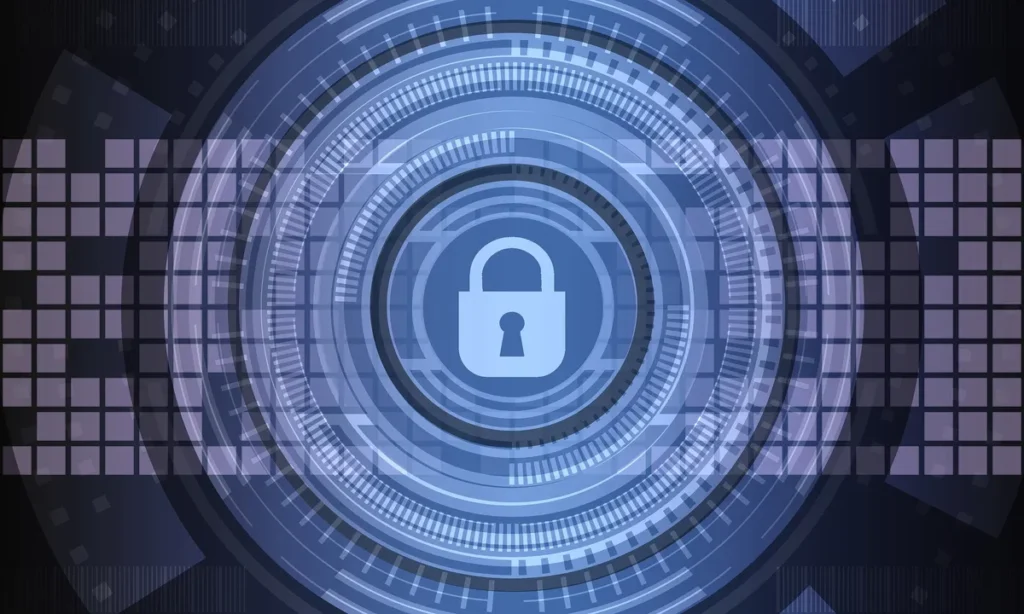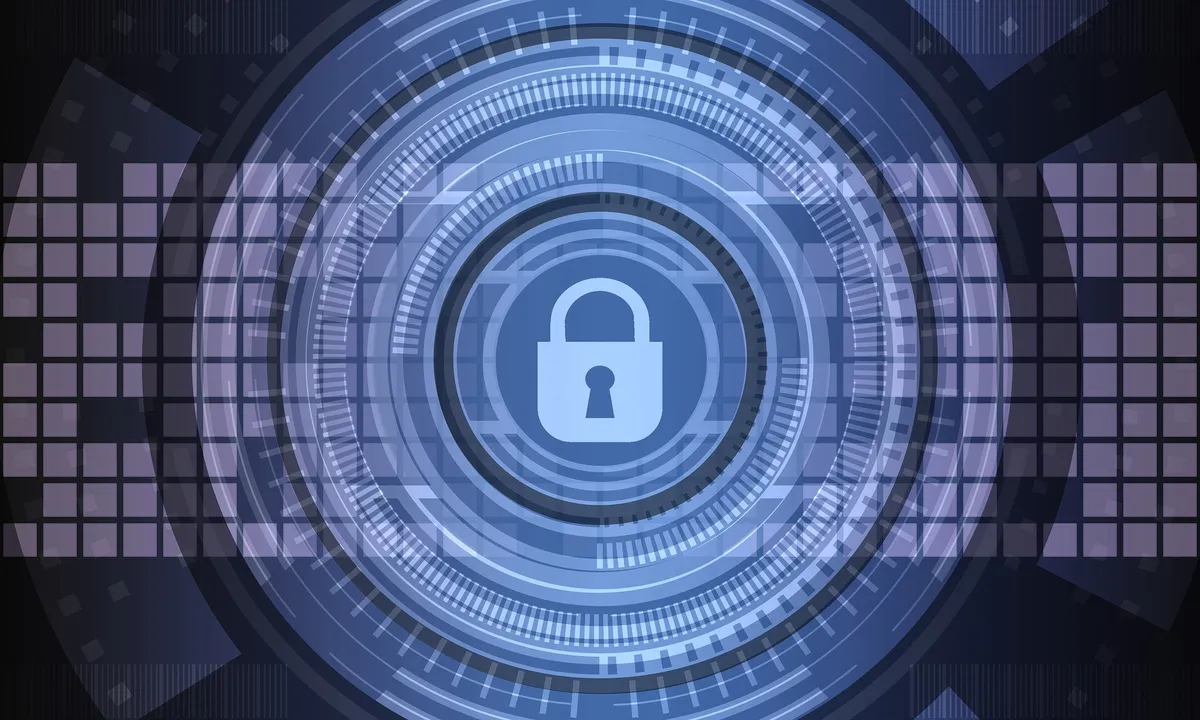Table of Contents
Digital Security Controls

In the rapidly evolving digital landscape, the security of our valuable assets and sensitive data is of utmost importance. To safeguard against an ever-expanding array of cyber threats, businesses and individuals rely on digital security controls. These controls encompass a range of tools, technologies, and practices that work together to protect our digital environments. In this blog, we will delve into the core components of digital security controls, providing insights into the critical elements that ensure our digital safety.
Access Management
Access management is the cornerstone of digital security controls. It involves regulating user access to systems, networks, and data, ensuring that only authorized individuals can access sensitive information. Effective access management includes:
- Passwords, multi-factor authentication, and biometrics are examples of user authentication systems.
- Role-based access controls, assigning privileges based on job roles and responsibilities.
- Regular review and revocation of access rights to prevent unauthorized access.
Network Security
Network security focuses on safeguarding the integrity, confidentiality, and availability of data transmitted over networks. Key components of network security include:
- Firewalls are used to monitor and manage network traffic both incoming and outgoing.
- Secure remote access to corporate networks via Virtual Private Networks (VPNs).
- Intrusion Detection and Prevention Systems (IDS/IPS) to detect and block malicious activities.
Endpoint Security
Endpoints, such as computers, laptops, and mobile devices, are common targets for cyber threats. Endpoint security components include:
- Malicious software is detected and removed using antivirus and anti-malware software.
- Data encryption to secure data on endpoints and during transmission.
- Patch management to ensure all software and operating systems are up-to-date with security updates.
Data Security
Data security entails safeguarding sensitive data from unauthorised access, disclosure, or change. Key components of data security include:
- Data encryption to secure data both in transit and at rest.
- Data loss prevention (DLP) tools to prevent the unauthorized exfiltration of sensitive data.
- Secure data backups to ensure data can be recovered in case of data loss or ransomware attacks.
Incident Response
Incident response is the process of identifying, mitigating, and resolving security incidents. Key components of incident response include:
- Incident detection and identification through real-time monitoring and threat intelligence.
- Incident triage and prioritization to focus on the most critical threats.
- Incident containment and eradication to stop the spread of threats and remove them from the environment.
Security Awareness and Training
The human factor is a crucial element in digital security. Security awareness and training components include:
- Employee training programs to educate users about common cyber threats and best practices.
- Phishing simulation exercises to raise awareness about phishing attacks and how to recognize them.
- Ongoing communication to reinforce security policies and promote a security-conscious culture.
Conclusion
Digital security controls encompass a wide array of components that work in harmony to protect our digital environments from cyber threats. Access management, network security, endpoint security, data security, incident response, and security awareness are essential building blocks in any robust security strategy.
By understanding and implementing these core components, businesses and individuals can create a secure and resilient digital environment. Embracing digital security measures is a proactive strategy to safeguard the safety of our digital assets and sensitive data in the dynamic and interconnected world we live in, not a reaction to escalating cyber threats.



